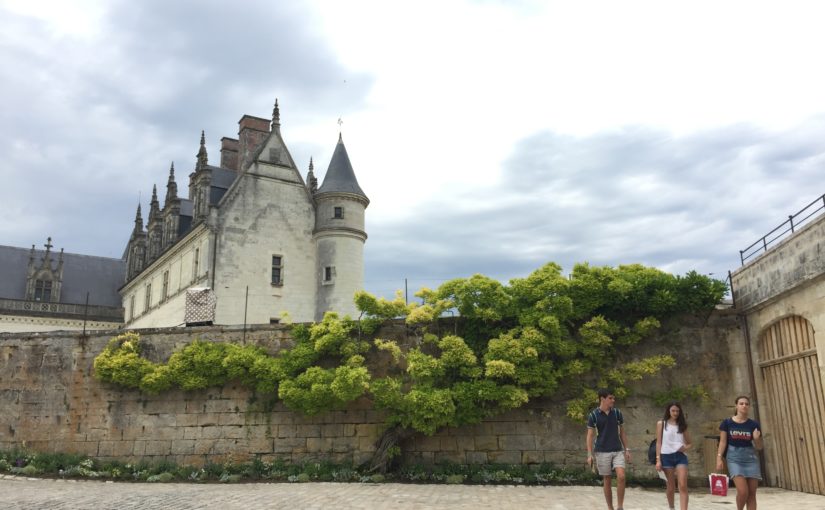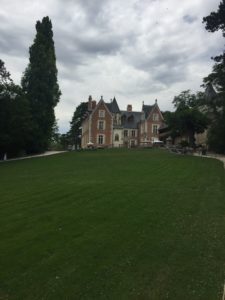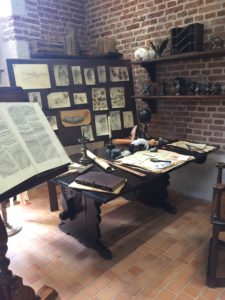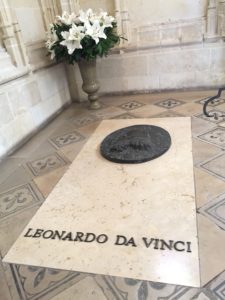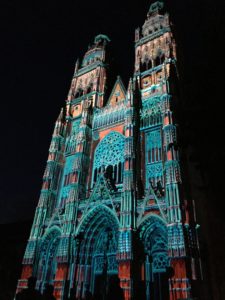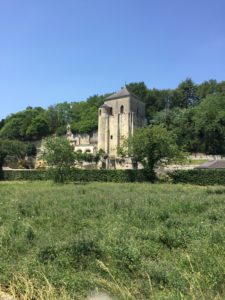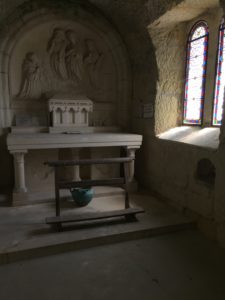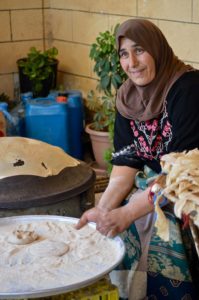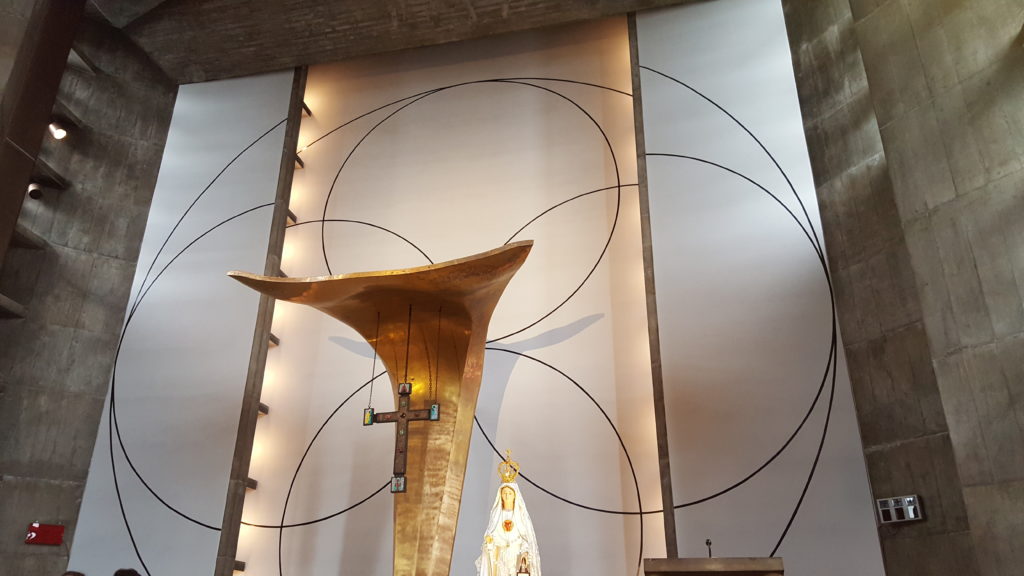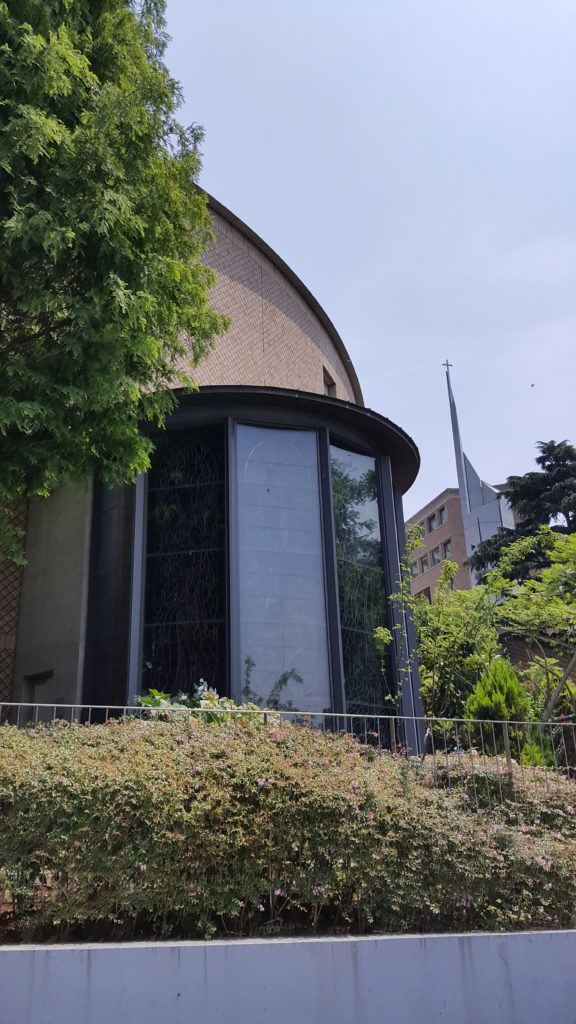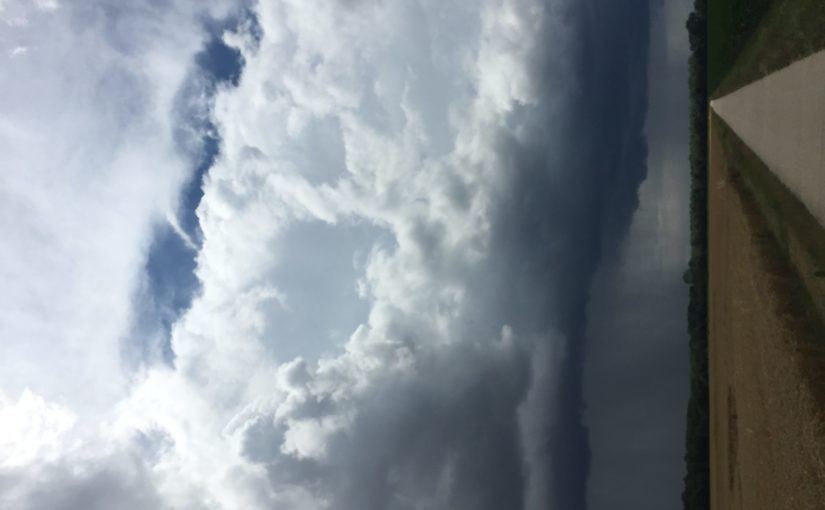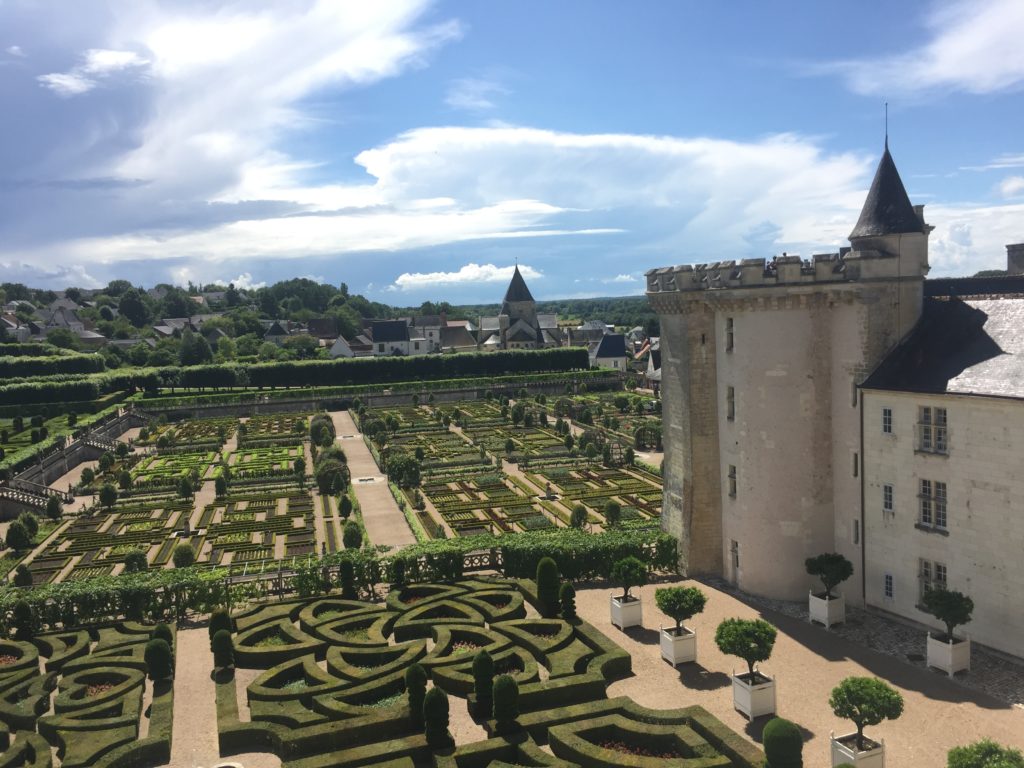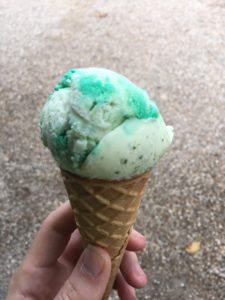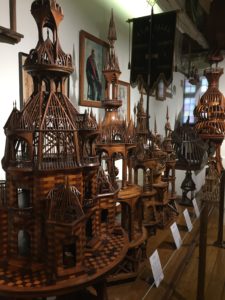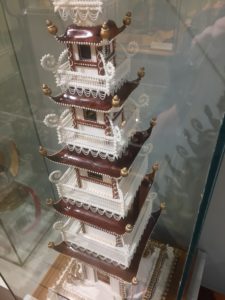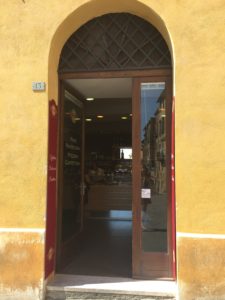On Thursday night we left for Petra since it takes three hours to get there because of checkpoints. Due to recent protests in Southern Jordan we had to take a different route to get there that took even longer! Nonetheless the entire bus was filled with excitement and anticipation to see the seventh wonder of the world. I went up to the rooftop of the Petra Moon Hotel and looked out on all of Petra. It was incredible. The landscape was just like Amman, crowded hotels and homes built into the mountain, lining the skyline.
The following morning we left early for Petra to try and escape the heat. As soon as I walked passed the gates I was mesmerized by the carvings on the pale white, limestone rock. As the guide taught us about the history of Petra my mind began to wander and think about how the Nabateans might have used this site as a trading hub. As we approached the Siq trail I felt so small compared to the towering rocks. As I walked through the canyon-like opening of the Siq trail, it seemed as though the rock was stretching above and on both sides of me for miles. I saw fossils of wheat on the walls of the rock and different niches for gods engraved into the rocks. After completing the trail we came to the infamous Treasury. I was speechless. The size and detail of the Treasury building was unfathomable. I still cannot comprehend how these tribes were able to carve and construct this magnanimous building. It took 100 men ten years to carve this magnificent structure. The rock was incredibly smooth and the color was uniform which was surprising. It was a vibrant rust colored building with clear Roman and Greek influence.



Next to the Treasury was a Roman forum and amphitheater and tombs! The Nabateans carved ornate tombs for the dead at the top of the mountain and today they stand as large cavernous rooms. It was beautiful to walk through the cold stone and through the laid archways. It is still unfathomable that these structures were built in 312 B.C. andthat these ancient tribes were able to construct such a development with seemingly primitive and inferior materials.
We were supposed to go to Wadi Rumafter Petra and we were on a strict time schedule so our leaders decided to call in donkeys for us to be able to reach the monastery, the farthest part of Petra. As forty donkeys came to pick up all of the students, I was placed on the last and smallest donkey. As soon as the donkey started to walk forward I was lurched. As the donkey started to scale rocks and climb flights of carved and rocky stairs, I was falling left and right. As I leaned left and right and ducked under rocks I realized why I was originally told that the donkeys were an incredibly dangerous way to get to the monastery. When I finally reached the top of the mount, I released my grip on the donkey’s metal saddle. As I climbed to the top of the mountain, completely out of breath, the monastery loomed in-front of me. It was similar to the Treasury in design and had ornate detail along the columns. It was incredibly large and cavernous inside. It was interesting to see that the Nabateans carved out the inside of the mount as well. I decided to follow the signs up to another mountain that was acclaimed to hold the “best view in Jordan,” where a small puppy lived and a merchant stall was set up with homemade metal jewelry. At the top of the mountain I looked out on all of Petra and the unchartered rock on the other side. The stark contrast of this underdeveloped and natural land to the American landscape is indescribable.


